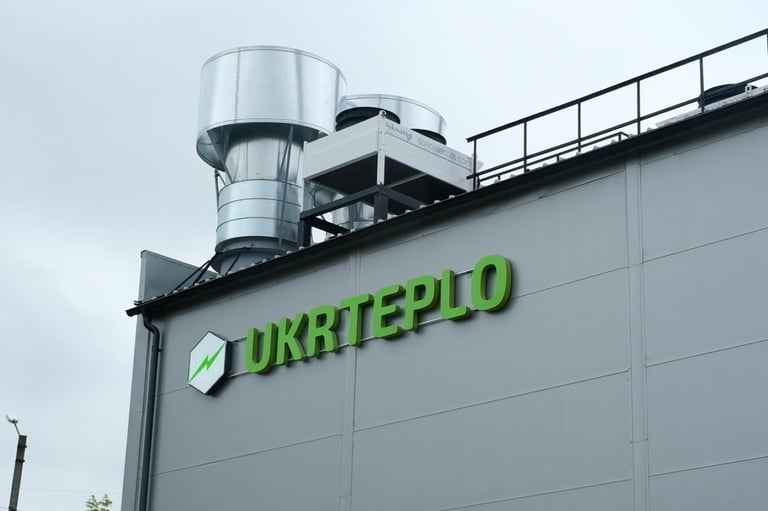News and Analytics


31.07.2025
A growing alternative
According to the Ministry of Energy, the share of heat from renewable sources in centralized heat supply has increased to 18%, and in autonomous systems it has exceeded 40%.
The leaders of this market have become biomass boiler houses - pellets, wood chips, straw. In the first half of 2025 alone, more than 150 new bio-boiler houses were opened in the communities of Vinnytsia, Lviv and Zhytomyr regions. Some of the projects were implemented within the framework of public-private partnerships, others - with the support of international donors, in particular EBRD, NEFCO and USAID.
Heat pumps are also actively developing: in 2025, more than 30 thousand units were installed - this is 60% more than a year earlier. In new buildings and the private sector, they have already become the main method of heating. The cities of Irpin and Bucha are testing electric heating models combined with rooftop solar power plants.
Investments on the horizon
If the pace continues, the share of heat from renewable sources in centralized systems could increase to 25% by the end of 2026. Another 250 new facilities are expected to appear, including bio-CHPs in communities and over 50,000 new heat pumps, and the total amount of investment could exceed 500 million euros.
The government is also working on a new bill that should simplify the connection of alternative producers to heating networks, opening the door to competition at the local level.
A market without a market
Despite the dynamics, there is actually no full-fledged heat market in Ukraine. One supplier, regulated tariffs and a consumer who has no choice. Moreover, the population itself — the main consumer of heat (about 80% of generation) — has low and inflexible tariffs. This not only hinders competition, but also scares off investors, explains Roman Shved.
“We have high heat losses during delivery, excessive regulation, and an almost complete absence of financial mechanisms: there are no subsidies for alternatives, no leasing or cheap loans. And the “green tariff” for heat was canceled altogether back in 2021,” the expert adds.
Such barriers are especially critical for new players who seek to switch to alternative solutions, but face expensive infrastructure and complex permitting procedures.
How to launch reforms?
Experts are convinced that in order to truly launch the market, it is necessary to:
introduce market pricing;
automate and monetize subsidies;
deregulate the sector by transferring economic functions (heat, energy, services) to private business;
expand access to financing (loans, leasing, joint investment with communities).
"Communities should be engaged in education, medicine, not heating. Competition should work in the field of heating - that's when a real market will appear," Roman concludes.
Ukraine on the verge of winter: alternative heat as a new survival strategy
Ukraine is preparing for the 2025/26 heating season by intensively accumulating gas and coal reserves. As of the end of July, the country's level of preparedness for the cold is about 50%. This includes filling gas storage facilities, repairing boiler houses and modernizing critical infrastructure.
"Against the backdrop of threats to energy security, high gas prices and the consequences of a full-scale invasion, one trend is becoming louder and louder: the transition to alternative heating. This area is no longer marginal - it is a new center of gravity for investments and strategic decisions," comments Roman Shved, Executive Director of the UKRTEPLO Group of Companies, at the Kyiv Investment Congress, which took place on July 31 at the Parkovy Exhibition and Convention Center.
In 2025, there is a real shift towards alternative energy. The share of companies investing in such solutions has increased from 6% to over 20%.
